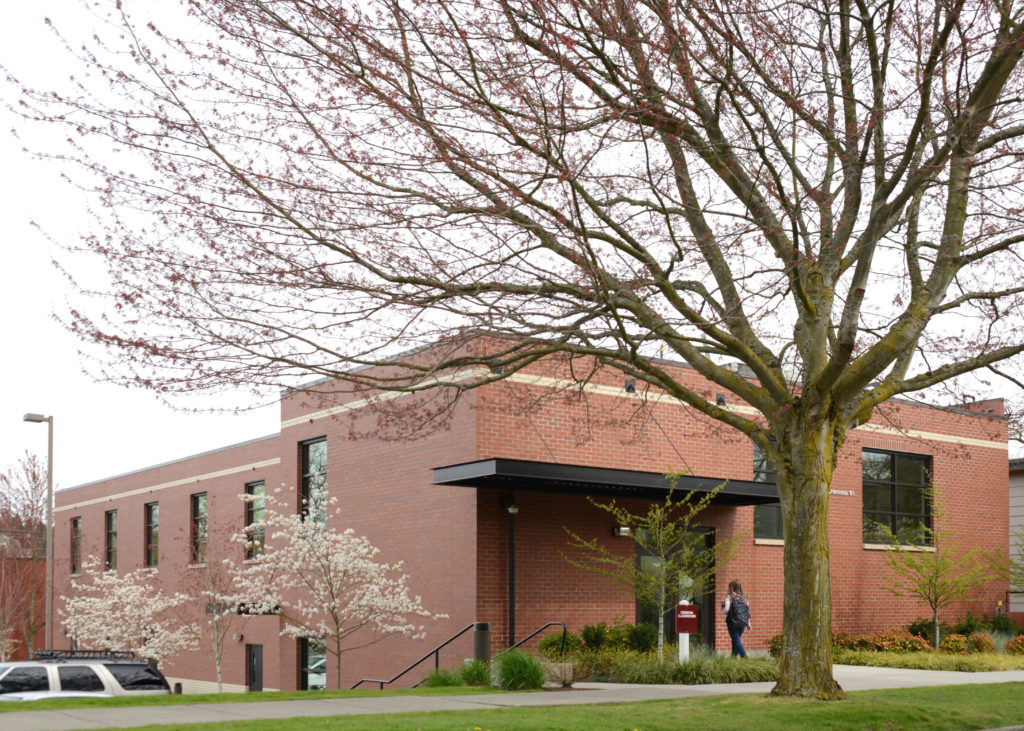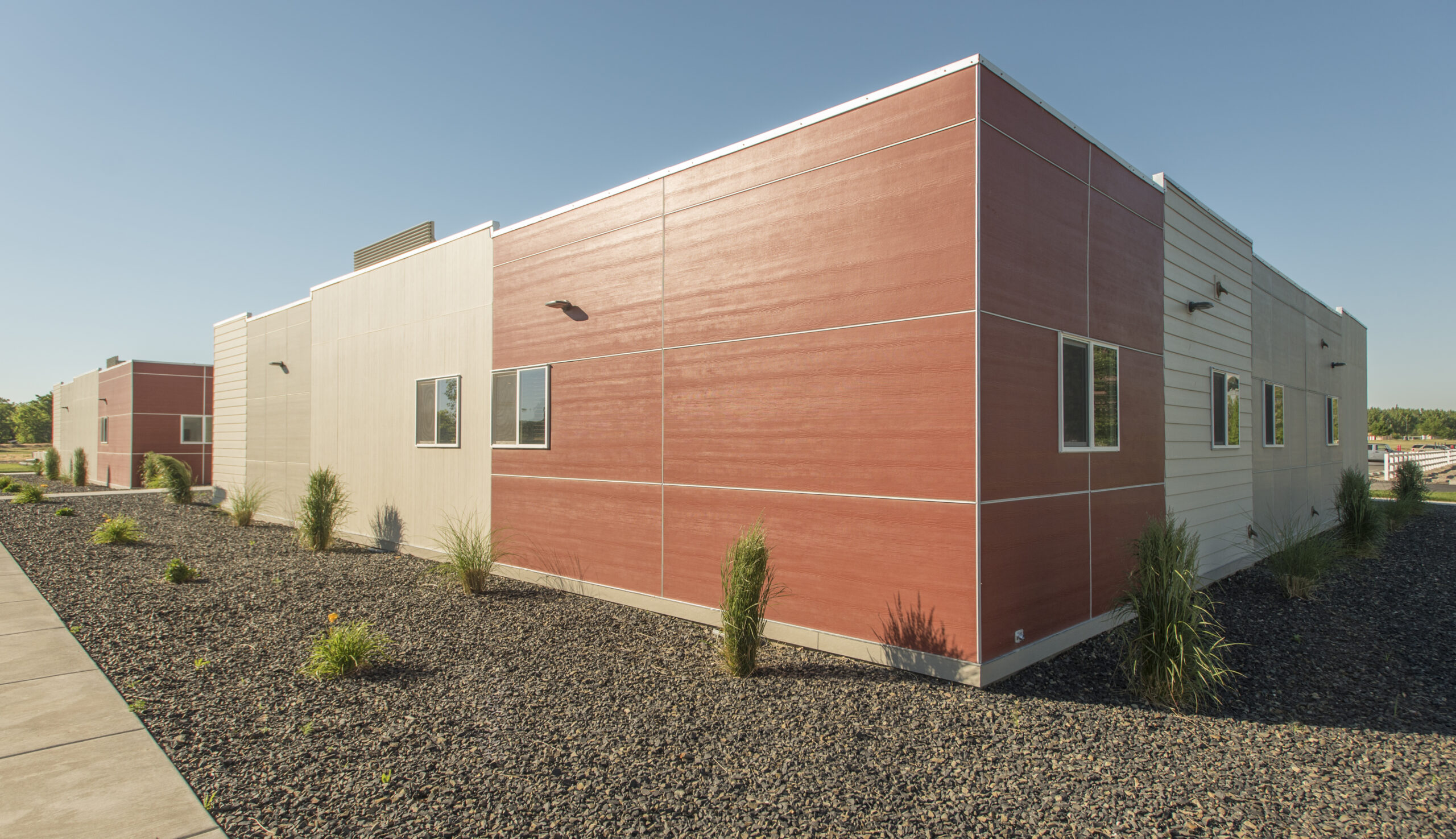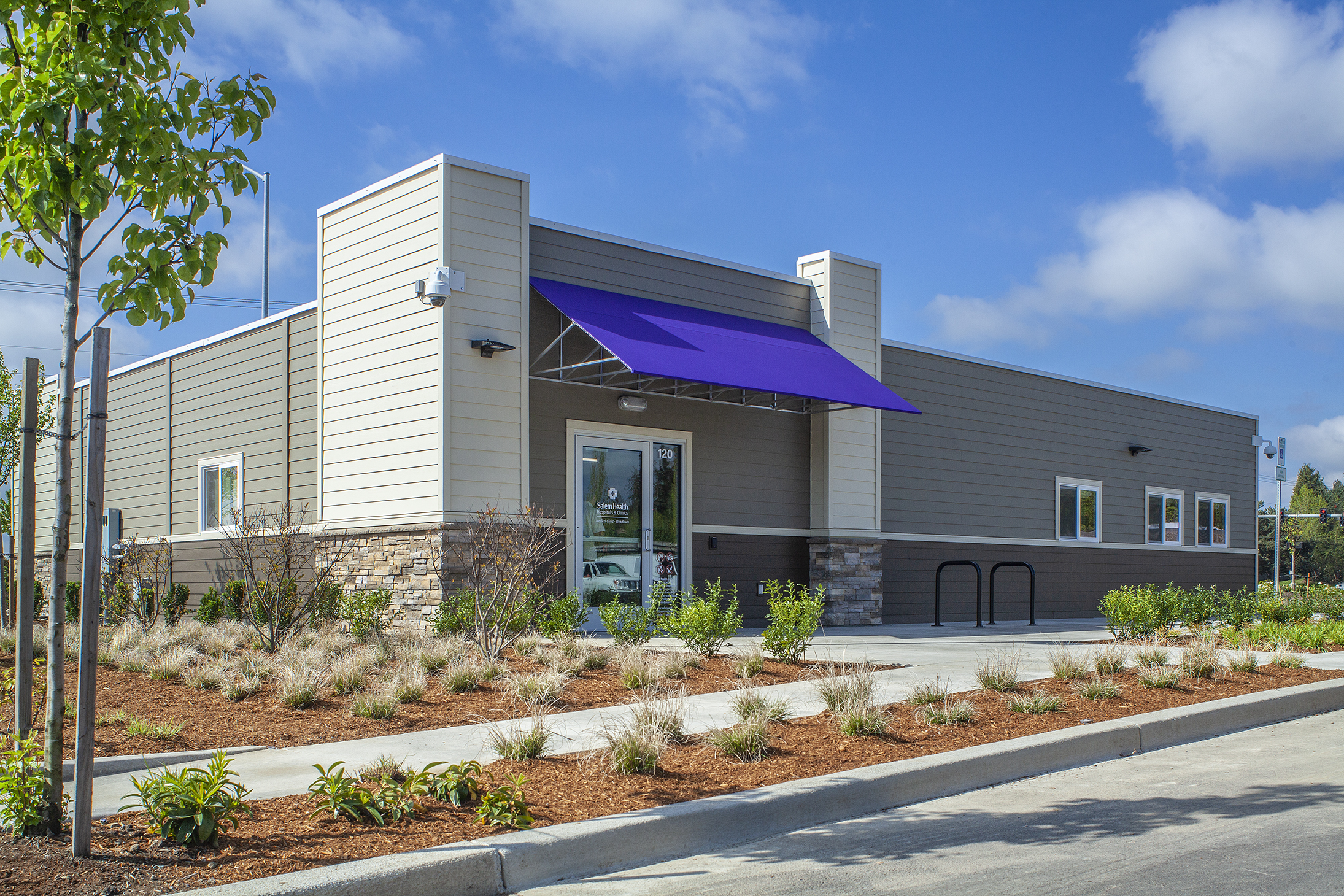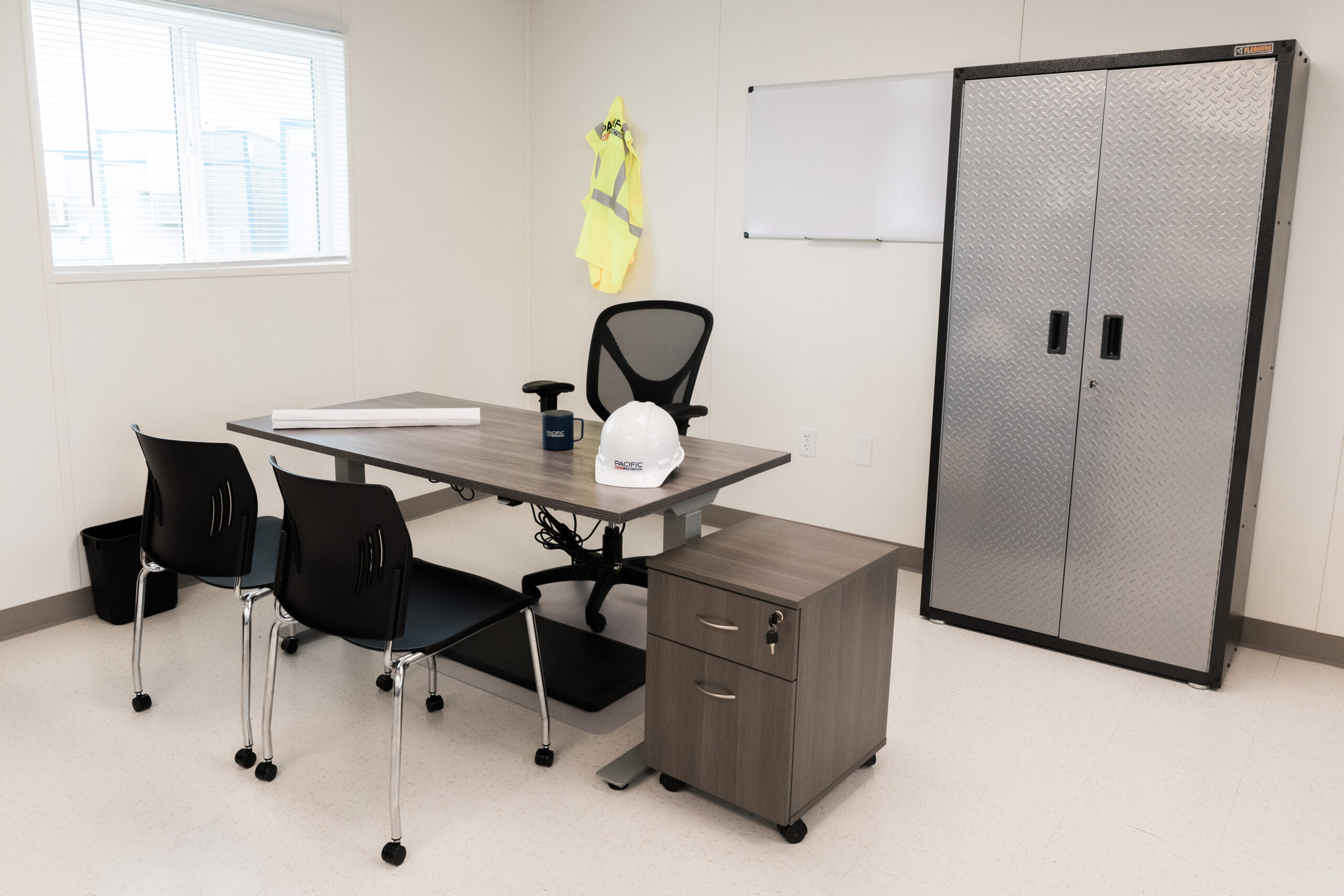
5 Reasons to Choose Modular Construction for Your Next Project
In recent years, modular construction has become increasingly popular in the construction industry. This innovative approach to building structures involves assembling prefabricated modules on-site to create a finished product. While some traditionalists may still be skeptical about this approach, the benefits of modular construction are undeniable. In this blog post, we’ll explore five reasons why you should consider going modular for your next construction project.
1. Speed of Construction
One of the most significant advantages of modular construction is the speed at which projects can be completed. Because the modules are prefabricated in a factory setting, much of the construction work is completed before they arrive on-site. This means that the actual assembly process is much faster than traditional construction methods, resulting in significantly reduced construction timelines.
2. Cost-Effective
Another key advantage of modular construction is the cost savings it can offer. Since much of the construction work is done in a factory setting, there is less waste generated on-site. This, combined with the reduced construction timelines, can result in significant cost savings. Additionally, modular construction is often less expensive than traditional construction methods due to the economies of scale achieved through mass production of modules.
3. Flexibility
Modular construction also offers a high degree of flexibility. Because the modules are prefabricated, they can be easily modified or repurposed for different uses. This makes it easier to adapt to changing needs over time, reducing the need for costly renovations or rebuilds. Additionally, modular construction allows for greater design flexibility, as the modules can be assembled in a variety of configurations to create unique and custom spaces.
4. Quality Control
The use of prefabricated modules in modular construction means that quality control is much easier to achieve. The factory setting allows for greater oversight and consistency in the construction process, resulting in higher-quality finished products. Additionally, the controlled environment of the factory can reduce the risk of weather-related delays and other on-site issues that can impact construction quality.
5. Sustainability
Modular construction is often more sustainable than traditional construction methods. The reduced waste generated during the construction process and the reduced construction timelines can result in lower carbon emissions and a smaller environmental footprint. Additionally, many modular construction materials are made from sustainable or recycled materials, further reducing the environmental impact of the construction process.
Modular construction offers a range of advantages over traditional construction methods, including faster construction timelines, cost savings, flexibility, quality control, and sustainability. If you’re considering a construction project, it’s worth exploring the benefits of modular construction to see if it’s the right choice for you.
Have questions or want to further explore if modular construction is the best fit for your project? Reach out to our team today.



